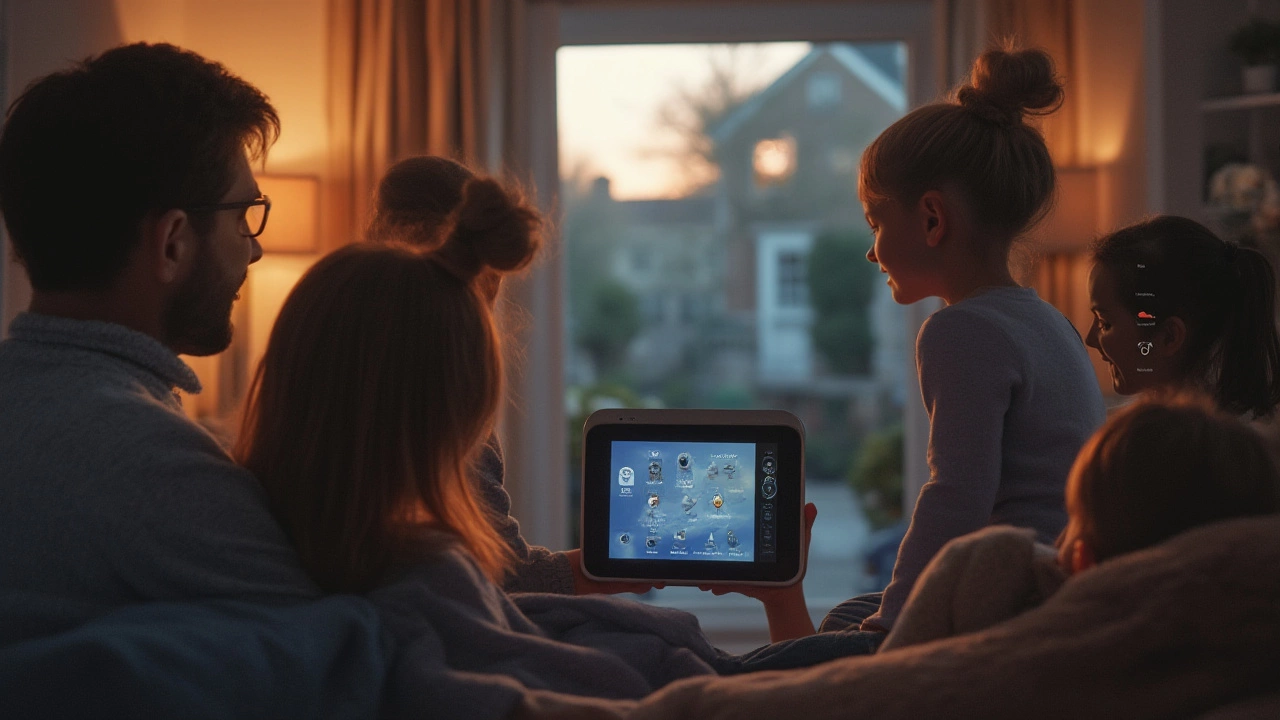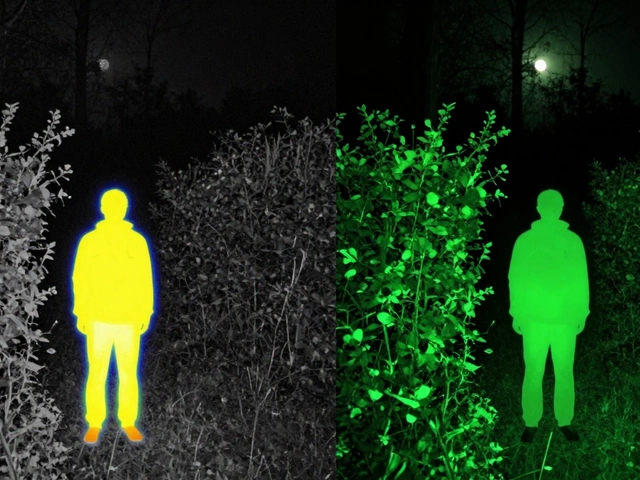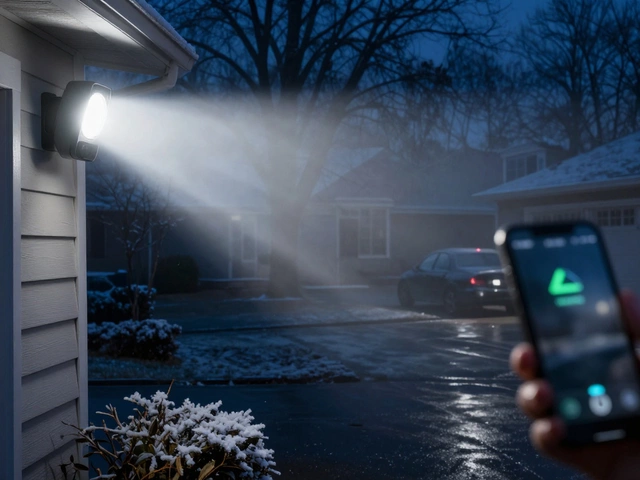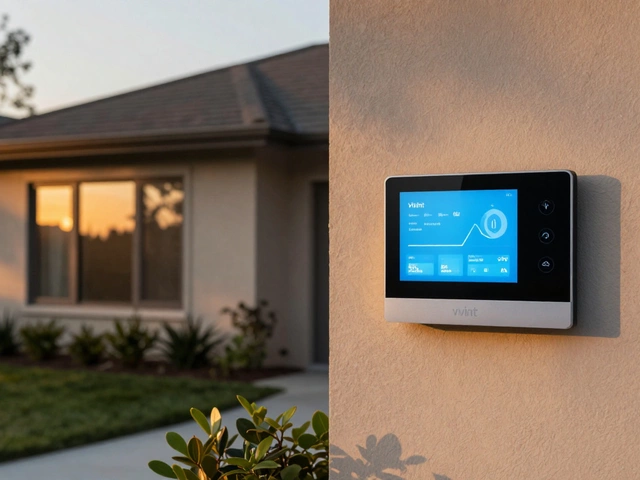Let’s face it—SimpliSafe hogs the spotlight in the home security world. Their ads are everywhere. Ask around and most people have at least heard of their wireless sensors and easy setup. But if you care about more than marketing, you might be left wondering if something out there is, well, actually better than SimpliSafe. Maybe you want more smarts, better gear, or stronger protection—without the headaches of high costs or contracts. That’s where things get interesting.
SimpliSafe Under the Microscope: Strengths and Weaknesses
Before we compare, let’s get honest about what SimpliSafe nails—and where it misses the mark. The brand’s calling card is its no-fuss setup. You can go from box to fully armed house in about thirty minutes, no wired drills or fancy tools. Their starter kit feels affordable, running under $300 if you catch a sale. Monitoring is optional, so you can skip monthly fees, though pro monitoring starts at about $19.99 per month.
That’s cool, but customers sometimes get let down elsewhere. The gear itself isn’t flashy—its plastic sensors and keypads function but look like, well, plastic. Wireless range can drop off for bigger houses. There have been complaints about lag in notifications and, occasionally, sensors going offline if Wi-Fi hiccups. SimpliSafe also charges extra for cloud video storage, so if you want to keep recordings longer than a couple of days, be ready to pony up an extra $9.99-27.99 a month, depending on your camera count.
Smart home fans might scratch their heads too. SimpliSafe supports Alexa and Google Assistant, but you can’t use its app to control third-party smart lights, locks, or plugs. HomeKit, Z-Wave, and Zigbee? Forget it. Mobile alerts are reliable, but automation options are limited. Security-wise, SimpliSafe is solid for stopping break-ins, but if you want top-notch camera quality or full smart home control, you’ll hit a wall fast.
So who’s it perfect for? Renters love it for easy installation and flexibility. Homeowners in small to medium spaces who prefer simplicity over bells and whistles will likely be happy. But if you’re looking for robust smart home integration, deeper DIY customizations, or top-tier video, you should see what else is out there.
Frontpoint, Abode, and Ring: How Top Rivals Outshine SimpliSafe
Now to the good stuff: systems that beat SimpliSafe at its own game. The three that always pop up in real-world comparisons? Frontpoint, Abode, and Ring Alarm. Each has its own fan club, and all outpace SimpliSafe in at least one big way.
Frontpoint brings serious customization without losing that DIY vibe. Their sensors and devices look more premium, and everything connects via both cellular and Wi-Fi for backup. Unlike SimpliSafe, Frontpoint’s gear plays better in big houses—door and window sensors range over 100 feet, and they don’t complain when you add lots of devices. Professional monitoring starts at $49.99 per month, which is pricier, but includes automation functions most rivals lock behind their most expensive tiers. Crash and smash protection? Check. Smash the main panel, and the system still calls authorities.
Abode is the darling of serious smart home geeks. It supports HomeKit, Alexa, Google Assistant, Z-Wave, Zigbee—the works. That means you can pair Abode with just about any smart device, set up geofenced automations (“auto-arm when everyone leaves”), and even build crazy, multi-step routines. Abode’s cameras aren’t just an afterthought—they offer full HD, two-way audio, and night vision. Plans are also flexible. Self-monitoring is free; pro monitoring runs $22.99/month, but they even offer short-term plans (like for when you leave town).
Ring Alarm, meanwhile, comes from the same brains that made Ring Doorbell. So if you want a security system with top-notch camera integration, Ring is hard to beat. Their monitoring is a steal at $20/month, given the slick app and unlimited cloud camera storage. You get full Alexa integration, which means you can actually lock doors or control lighting right from the Ring app. Privacy watchers used to side-eye Ring’s policies, but updates like end-to-end encryption and stricter sharing rules have started to thaw that. For budget shoppers and smart home fans, Ring is tempting.
If you want to see the head-to-head, here’s the real-world breakdown:
| System | Best For | Monitoring Cost | Smart Home Support | Unique Features |
|---|---|---|---|---|
| SimpliSafe | Easy DIY, renters | $19.99–$29.99 | Alexa, Google | No contracts, cellular backup |
| Frontpoint | Large homes, premium build | $49.99 | Alexa, Google, Z-Wave | Crash/smash detection |
| Abode | Smart home integration | Free–$22.99 | Alexa, Google, HomeKit, Z-Wave, Zigbee | Geofencing, custom automation |
| Ring Alarm | Budget, camera lovers | $20.00 | Alexa, Ring ecosystem | Unlimited camera storage |
Bottom line: each rival does something noticeably better. Abode for the automation obsessives, Frontpoint for reliability in big spaces, and Ring for camera-first households.
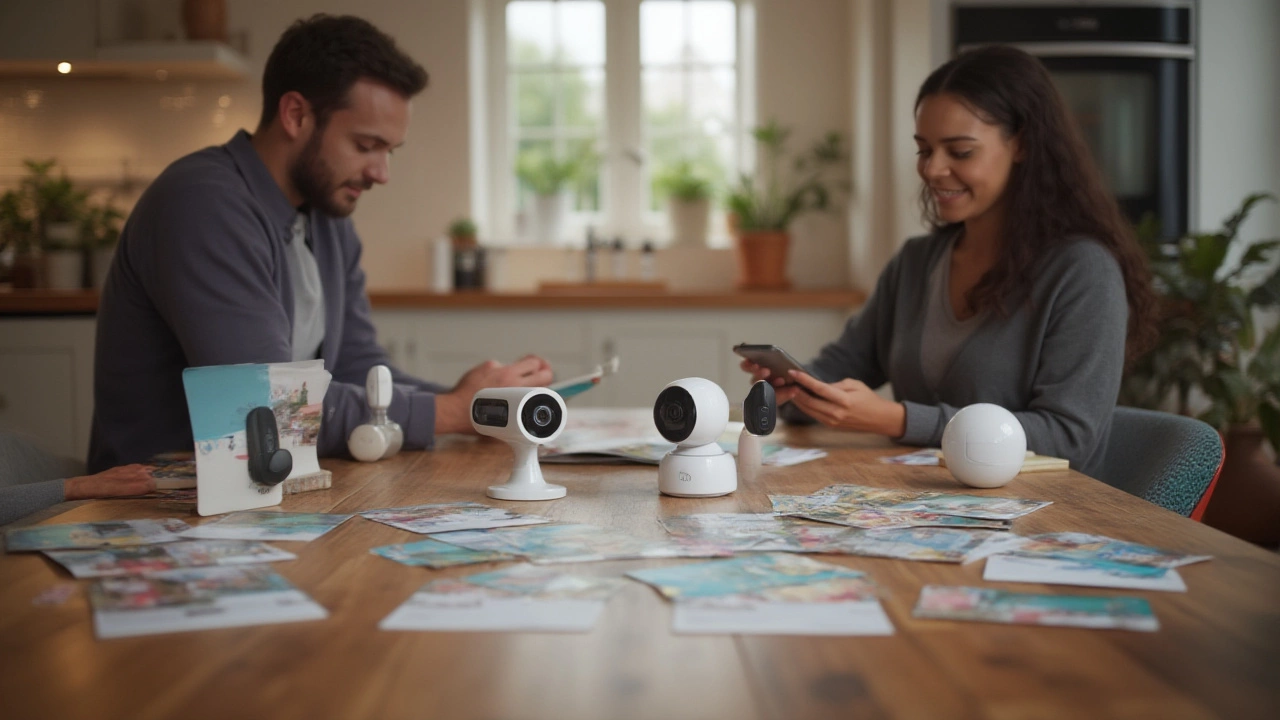
Digging Deeper: Protection, Cameras, and Smart Features Face Off
Choosing “better” means weighing what actually matters day-to-day. Maybe you live in a high-crime city or a rural area with sketchy Wi-Fi. Maybe you travel a lot and need to check in on deliveries, babysitters, or pets. Here’s how the big names stack up under pressure.
When it comes to *protection*, insurers will sometimes give big discounts if you have a system with both alarm and video verification. Ring and Abode both offer video verification, meaning emergency responders treat an alarm as more legit because they see what’s going on. SimpliSafe launched a similar feature, but it costs more and the hardware lags behind.
If cameras are your thing, the picture’s clear: Ring takes the crown. Their cameras come in every size and style—from floodlight cams to discreet stick-ups—and work seamlessly inside and outdoors. Image resolution is sharp (Ring now pushes regular 1080p HD and some 2K options), and the app lets you rewind or save footage without limits. SimpliSafe’s cams lack in variety, weather-sealing, and advanced options like color night vision.
Abode’s cameras aren’t as plentiful, but they offer extra privacy controls. For example, you can block cameras from recording when you’re home, or instantly pull up live video during an alarm trip. Frontpoint partners with Alarm.com for cameras, which gives you facial recognition and smart alerts—but you’ll pay more each month for these perks.
What about the *smart stuff*? If you have Alexa, Google, or Apple gadgets, Abode is the stand-out. You can arm or disarm your system with voice, trigger lights to flash when there’s a break-in, or link smart plugs to switch off curling irons when you drive away. Ring is great if you’re already in the Amazon sphere—they even let your Echo shout out if your Ring Alarm goes off. Frontpoint is the solution if you want Z-Wave door locks or smart thermostats to sync with your security scene.
One thing that often gets missed—support for IFTTT. Abode and Frontpoint play nicely with this automation platform. That means you could set your system to lower your smart shades once the alarm is armed, or get a phone call if your smoke detector goes off. SimpliSafe has lagged here, promising but not delivering true IFTTT support for years.
Insurance rates, emergency service response, property crime rates by zip code—these are details that are easy to skip in the research phase but can save you thousands in the long-run. Ask your insurer or local police about “alarm verification” discounts. Some places reward *monitored* systems, not just self-monitored setups which SimpliSafe and Ring both offer.
Tips for Choosing Your Best System: Going Beyond SimpliSafe
So you want something better than SimpliSafe—how do you pick? A lot hinges on where you live and how techy you want to get. Start with three basics: your type of home, your comfort with tech, and your need for professional help.
If you rent or move often, keep wireless setups high on your list. Ring and SimpliSafe both shine here—a full install won’t damage walls or make you miss that deposit. Abode gives you a boost if you want smarter automation while staying portable.
Homeowners might value hardwired options, backup battery life, or long-range sensors. Frontpoint is known for robust outdoor sensor integration—if you have a lot of windows or a detached garage, this matters. The professional monitoring is more expensive, but also more responsive, with backup communications if someone tries to cut your cable or cellular service.
Camera quality can be the make-or-break for parents, pet-owners, or anyone with frequent deliveries. SimpliSafe’s indoor cameras rate about average, but aren’t waterproof. Ring leads in camera variety. If you want a smart door lock to work with your system, Frontpoint and Abode stack up well.
Don’t forget about contracts and fine print. SimpliSafe famously ditches contracts—but so do most rivals now. Frontpoint used to have mandatory contracts but now offers month-to-month plans. Abode and Ring are no-commitment. This means you can switch systems any time, so there’s no reason to settle for less.
Here are a few extra pointers:
- Check how many entry points your home has. Some kits only cover 3-4 doors/windows; count everything, including basement windows and garage doors.
- If you live in a rural zone, look for dual cellular and Wi-Fi backup (Frontpoint does best here).
- Ask your local PD about alarm permit rules—a few zip codes require registration, or else you’ll pay fines for false alarms.
- Use trial periods. All the systems here offer 30-day money-back guarantees. Install and test everything: app speed, sensor range, camera quality, and alert accuracy.
- If automating your house matters, make sure your pick supports IFTTT, Z-Wave, or HomeKit before you commit. Don’t buy into “future promises”—only what works now.
Picking the best home security system for your space in 2025 really is less about the brand and more about your personal needs. SimpliSafe still works fine if you just want a simple alarm setup. But if you want smarter features, better cameras, or deeper custom automations, trying out Abode, Frontpoint, or Ring is the way to go. Familiarize yourself with the platform, check your devices’ compatibility, and try it hands-on. There’s never been a better time to take your *best home security* to the next level.

